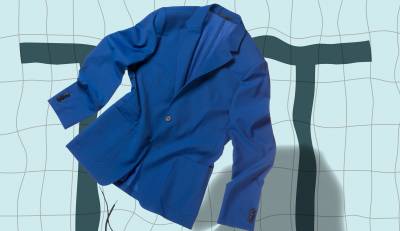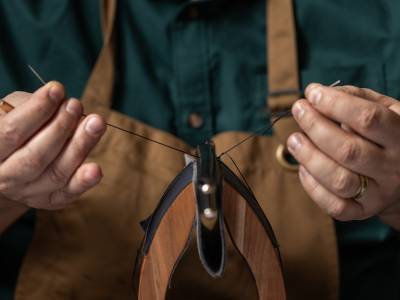This summer, Ermenegildo Zegna launches a new suit. Made of pure biodegradable certified Merino wool, it comes in an elegant light grey or a deep, cobalt blue and would work with either a crisp white shirt or a T-shirt. So far so typical of the Italian luxury brand with its well known heritage of beautiful fabrics. However, the difference with this particular suit is that you can throw it in the washing machine. Put a luxury label suit in the wash? That’s right.
Casual approach: Laid-back workwear for a new generation
6th August 2018
Fashion houses have relaxed the rules of tailoring this season - luxury means lifestyle, and trainers and hoodies are the new workwear essentials
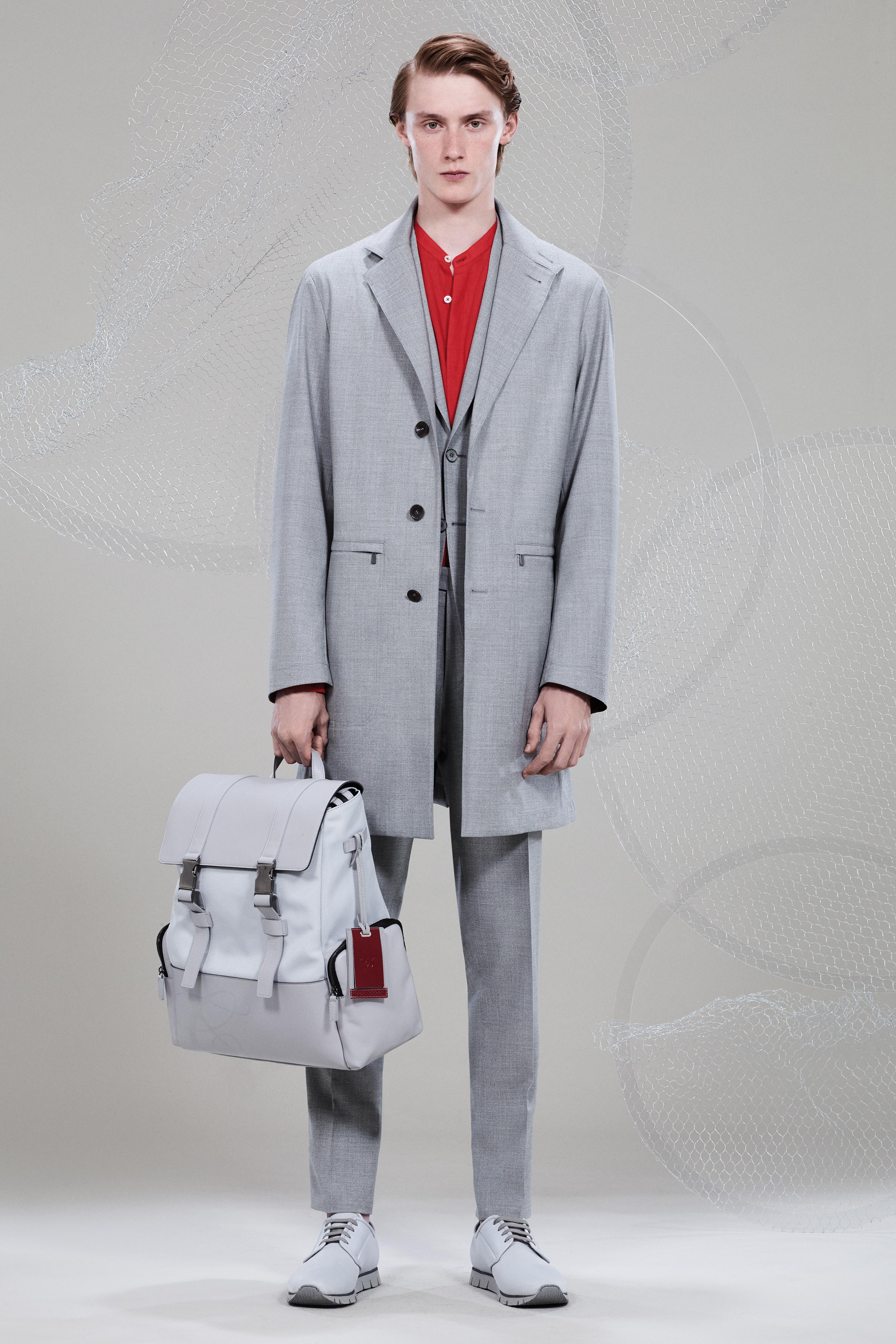
Zegna’s WASH & GO is a key example of a trend that the industry is calling the “casualisation” of luxury. The sharp tailoring, chic minimalism and formal styling that has characterised luxury fashion almost since it was invented in its modern, commercial form just over a century ago is giving way to a far more relaxed look.
Paris Fashion Week, regarded as the most elegant and even austere of these key events in the industry’s calendar, hosted trainers, puffer jackets and jogging shorts in its AW17-18 collections. Meanwhile, luxury houses such as Louis Vuitton have been collaborating very successfully with street fashion labels such as Supreme.
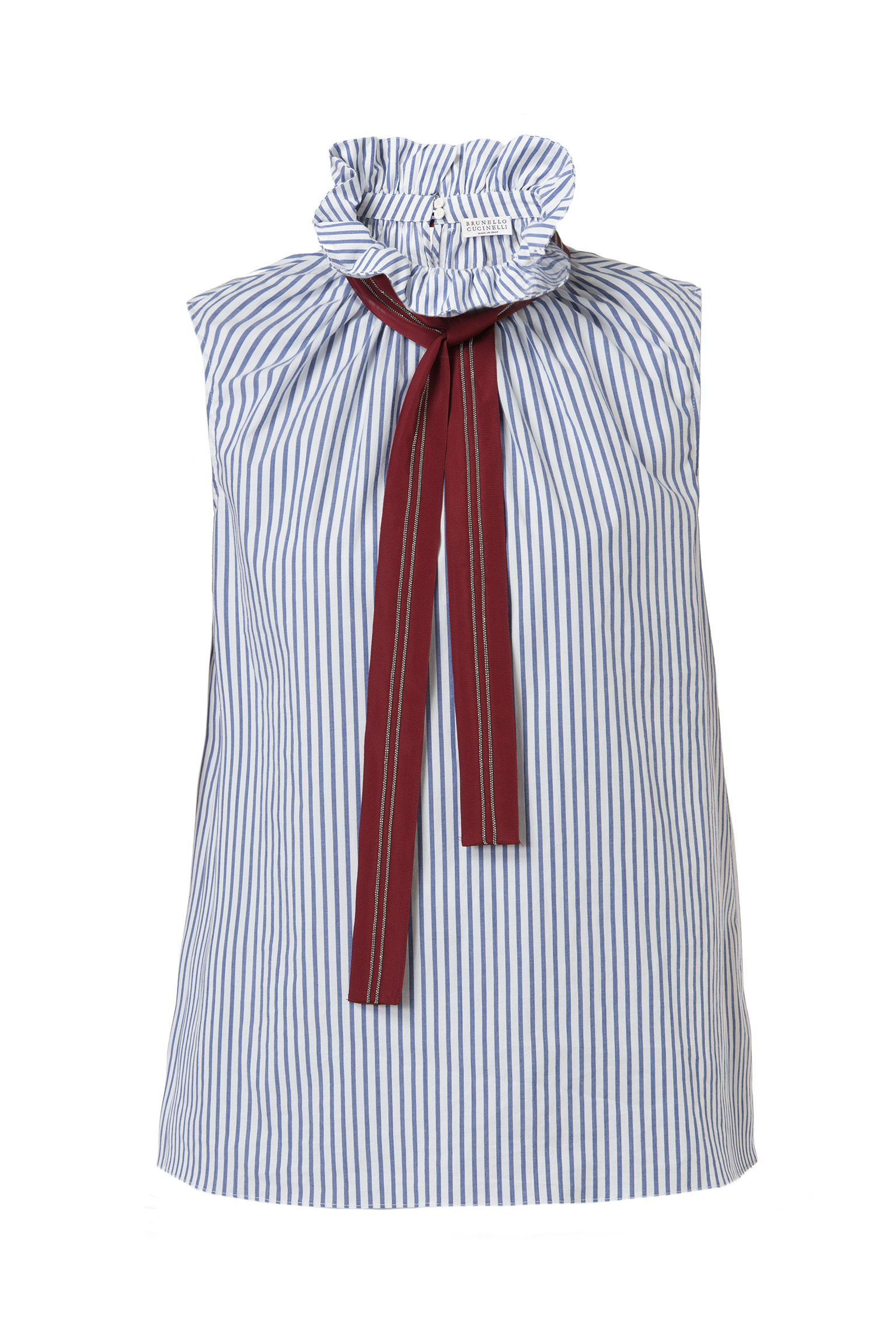
The trend is driven by a changing demographic — luxury customers these days are more likely to be younger and self-made. According to a report published by the Boston Consulting Group last summer, two thirds of luxury customers “seem to be turning away from the classic outfits that previously dominated the collections of the major luxury houses”. A tech millionaire, for instance, is less likely to go for a suit than the kind of formal attire preferred by the older luxury customer who has made their money in banking or the law. As management consultancy PwC points out in a report on the trend: “Casualisation is set to continue, with casualwear becoming acceptable across more occasions.”
Tom Ford told the Business of Fashion website: “Women’s daytime clothes have evaporated. Women do not consume or wear day clothes anymore: they wear jeans, a T-shirt, a cool jacket and a great pair of shoes.”
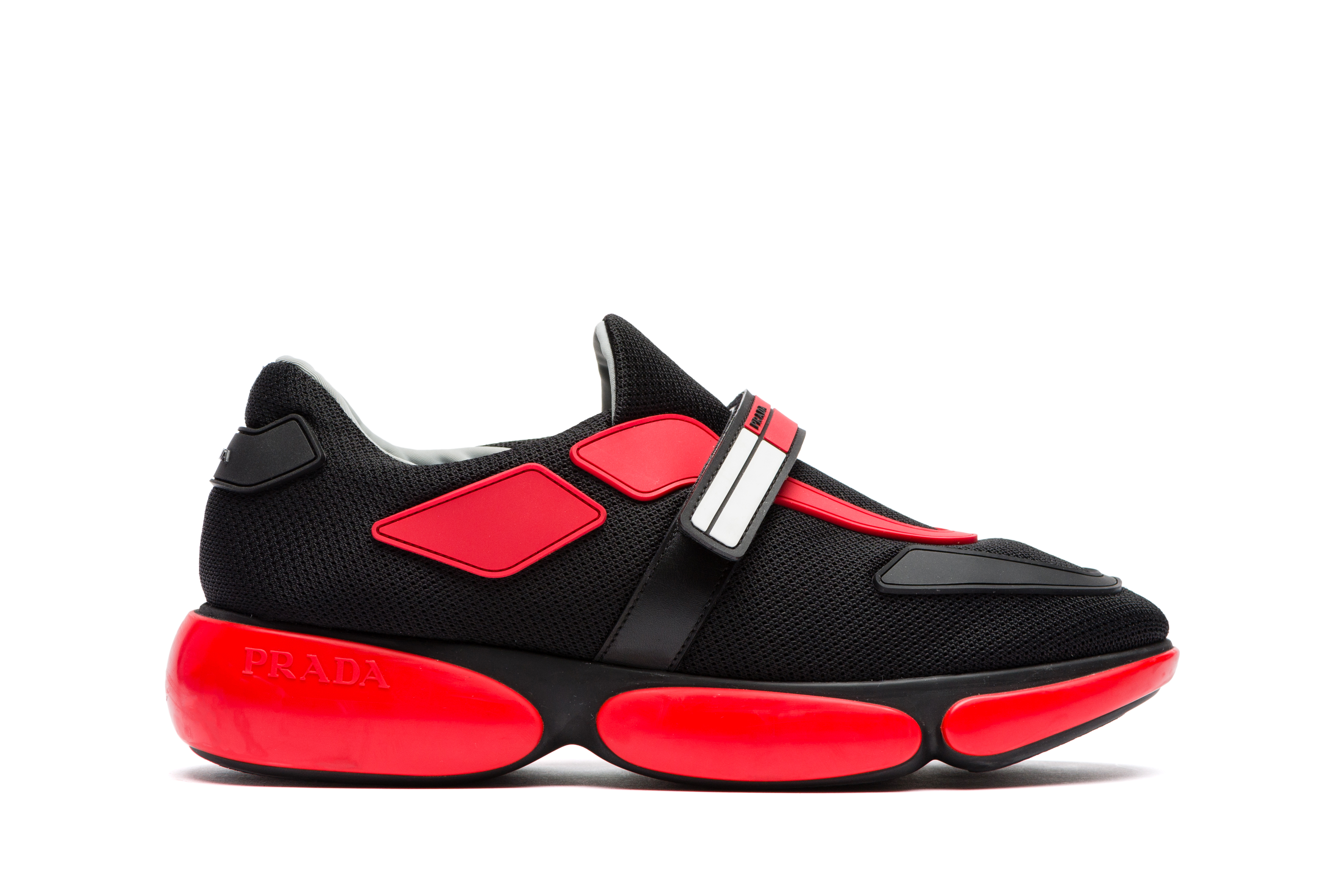
The casualisation trend has literally risen from the ground up with the growth over the last few years of luxury trainers. Once only seen in the gym or on grungy teenagers that would never get through the door of a luxury boutique, this most casual form of footwear is now a staple of Bottega Veneta, Prada and Valentino, among others. According to a report in 2016 by Bain & Co and Altagamma, the Italian luxury trade body, the luxury denim market is currently worth €3bn, while luxury backpacks stack up to €2bn. Marni’s Creative Director Francesco Risso has started to use softer fabrics, less structure and more relaxed lines in both his SS18 and AW18 collections, while Magda Butrym’s luxurious, flowing and very feminine pieces might be stocked in department stores such as Bergdorf Goodman and Neiman Marcus, but the young Polish designer says that she always imagines that the women that she creates pieces for wear them with jeans and trainers.
Canali’s SS18 collection features a fabric called Impeccabile 2.0, an ultra-fine wool whose fibres measure a mere 17.5 microns and are twisted twice as many times as traditional thread to create an unprecedented level of elasticity. Suits, jackets and coats are luxurious to the touch, but silhouettes are relaxed and cuts are loose and informal.
“[Casualisation] is enjoying its time in the spotlight now more than ever, especially in the workplace,” says Elisabetta Canali, Communication Director of Canali. “IT entrepreneurs have certainly brought this trend to the forefront, but I believe that any professional who isn’t necessarily restricted to the suit and tie formula is constantly on the lookout for outfits that are both contemporary and high-end for an aesthetic that offers comfort and means business at the same time. It’s the perfect combination.”
“Over the past five years or so customers have been asking for soft cashmeres for sports coats and blazers,” says tailor Richard Anderson. “Soft fabrics are definitely becoming more popular. Cashmere and lambswool are often preferred to wear alongside jeans.” Many of his suits and jackets in the SS18 range are softer and more unstructured than in previous seasons. He singles out his 12oz herringbone Italian cashmere, which is more relaxed yet equally luxurious.
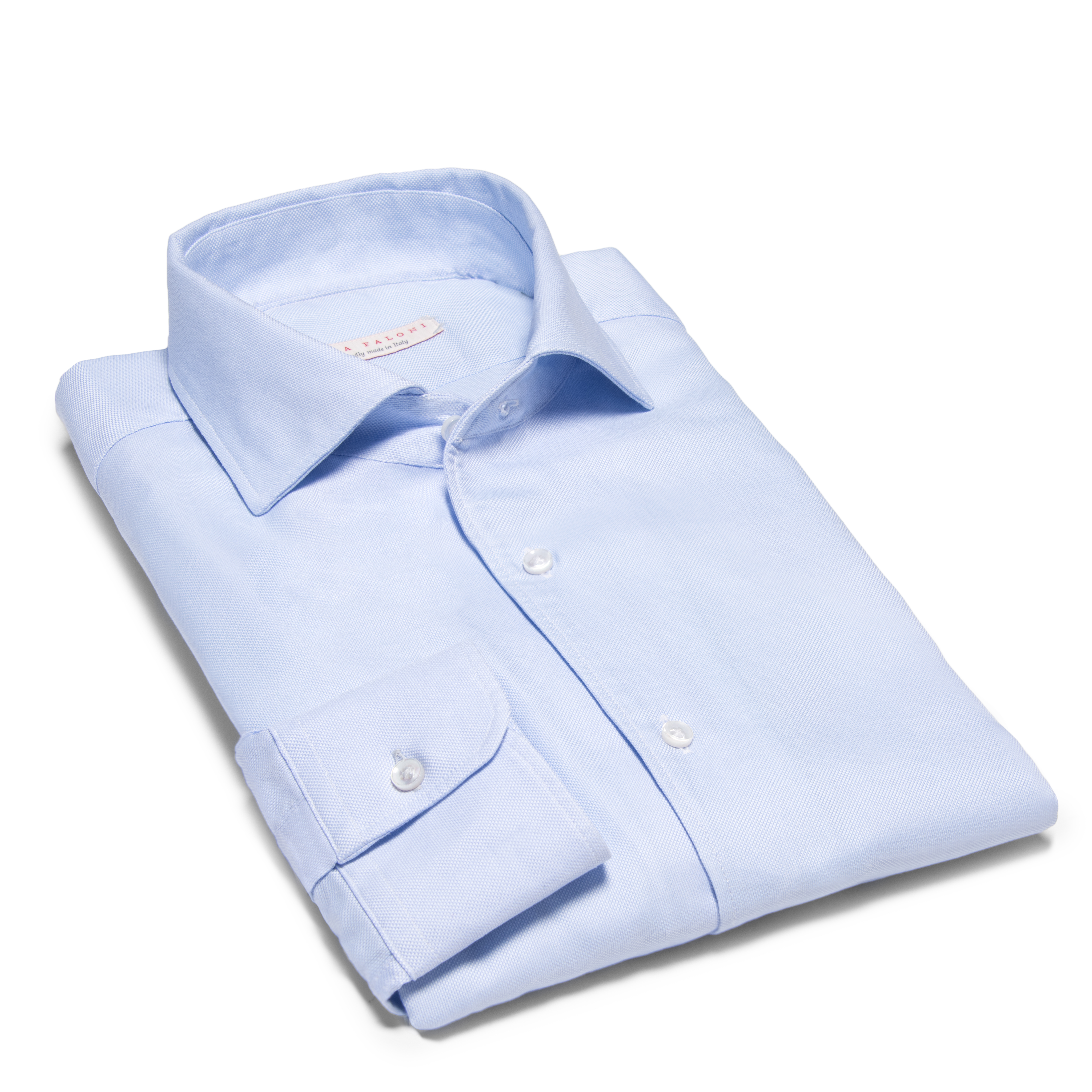
It’s not just luxury clothes themselves that are changing — the way in which they’re marketed and retailed is also evolving. Net-a-Porter proved in the early noughties that luxury customers were prepared to buy online and now a new generation of luxury brands is emerging, created for affluent customers who feel more comfortable buying through the net than paying homage to the well known brands in their traditional locations, such as Bond Street, Avenue Montaigne and Fifth Avenue.
Luca Faloni launched his eponymous label in 2014. His men’s pullovers and shirts are made from luxurious fabrics such as cashmere, which he sources from suppliers in his native Northern Italy. His signature luxury cashmere hoodie epitomises the new casualisation trend in luxury menswear. “My collections represent the intersection of casual and formal,” says the former Bain & Co analyst, who followed the luxury sector before moving to San Francisco to cover technology. “A hoodie can certainly be luxurious. I’ve just removed the zip and made it with the finest cashmere. You can wear it over a formal shirt or a T-shirt — it’s very versatile.” Faloni operates “direct to customer”, cutting out middle people and traditional supply chains in a disruptive model that his young customers — many of whom have made money in technology — clearly appreciate.
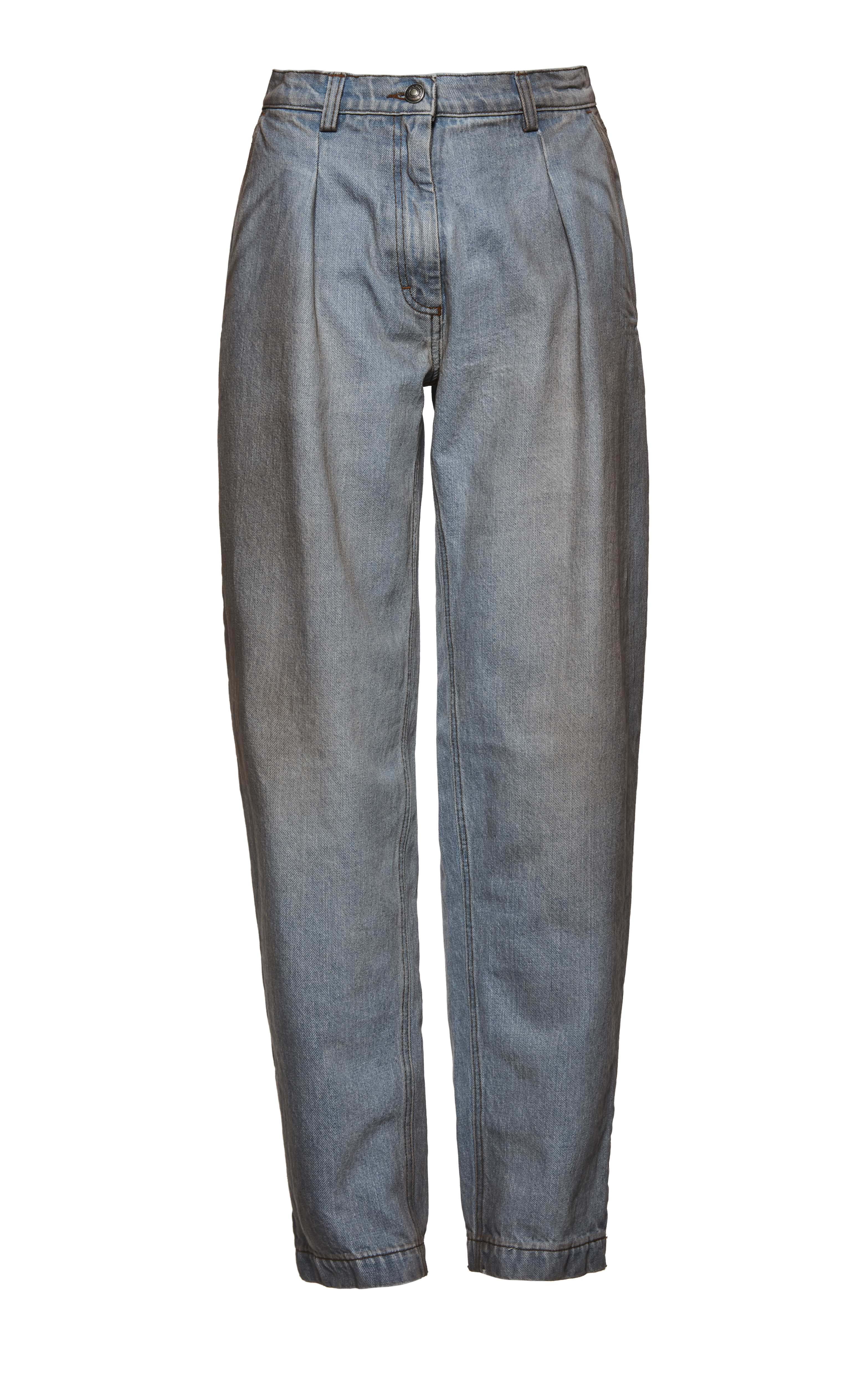
“Many luxury customers these days don’t want to wear suits and shirts to the office, but they still want something that’s beautifully made and of high quality,” explains Faloni. “Working for a start-up is now very well respected. Dress codes in the offices where the new luxury customers work have been relaxed. Luxury these days is more about lifestyle than dressing up.”
“Casualisation is indeed a very strong trend — driven primarily by Asian and American consumers,” explains Luca Solca, Sector Head, Luxury Goods at Exane BNP Parisbas. “The West Coast is one of the epicentres of this — but it is more far reaching than that. Chinese consumers, for example, prefer casual to formal wear — especially since suits can no longer be received as gifts.” Brands such as Brunello Cucinelli and Moncler are doing this particularly well, he adds, as well as some exceptionally successful newcomers such as Mr & Mrs Italy.
Damien Paul, head of menswear at matchesfashion.com welcomes the trend but adds a word of warning. “Designers and brands have to look at quality, fit and fabrication to really differentiate themselves,” he says. “Why else would you spend the extra money on, say, a cashmere hoodie, for instance? I think anything where there is attention to detail and high production standards can only be a good thing.”
